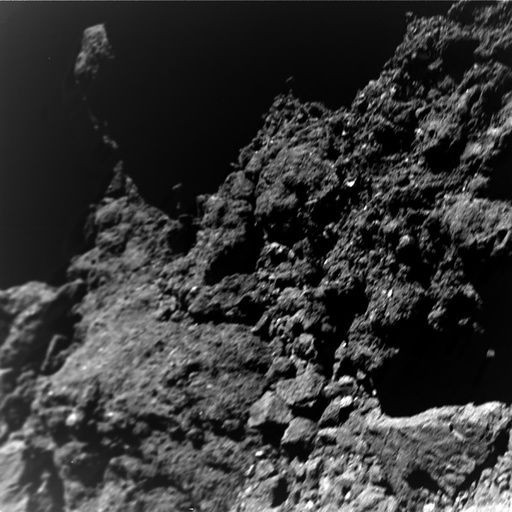NASA Asteroid Warning: 'Threat' Headed To Earth This Halloween

As asteroid that poses a mild threat to Earth is said to be headed to the planet and could make an impact this coming Holloween.
According to a report, NASA has already issued a warning of an asteroid that is estimated to be larger than the world’s tallest building with a circumference that measures 1 kilometer-wide. The space rock is dubbed 1998 HL1 and it is expected to skim past our planet about a week before Halloween.
The U.S. space agency has actually issued a diagram that shows how the asteroid will miss hitting Earth although the trajectory could still change in the coming weeks. The asteroid that’s now being referred to as the “Halloween asteroid” is already being classified as a moderate threat to Earth, with NASA describing that it will “fortunately miss us.”
Still, the damage it can cause should it change trajectory could be devastating and could even kill millions of lives should it ever make an impact.
Aside from the Holloween asteroid, the Apollo asteroid is also expected to get real close to Earth with an approach that’s only 150,000,000 miles away or 16 times our distance to the moon. This distance is considered safe for humans although it still considered to be close in cosmic distance.
The Apollo asteroid was first spotted back in 1998 by the LINEAR survey at Lincoln Laboratory’s Experimental Test Site in New Mexico. What’s interesting about it is that it’s so big that some scientists actually regard it as a minor planet.
In an earlier report by IBTimes, the number of asteroids nearly missing Earth has increased in the past few decades, a NASA study showed. Based on a report, a NASA video showcased all known asteroids that passed through our solar system from Jan. 1, 1999, to Jan. 31, 2018 and it showed just how many near-Earth collisions occurred during the last two decades.
A near-Earth object (NEO) is identified as a “solar system body where its closest approach to the Sun is less than 1.3 astronomical units.” NASA’s Jet Propulsion Laboratory (JPL) explained that their study is highlighted by a “map of the increased count of all known asteroids in the solar system between Jan. 1, 1999, and Jan. 31, 2018. Blue represents near-Earth asteroids. Orange represents main-belt asteroids between the orbits of Mars and Jupiter.”
© Copyright IBTimes 2025. All rights reserved.





















